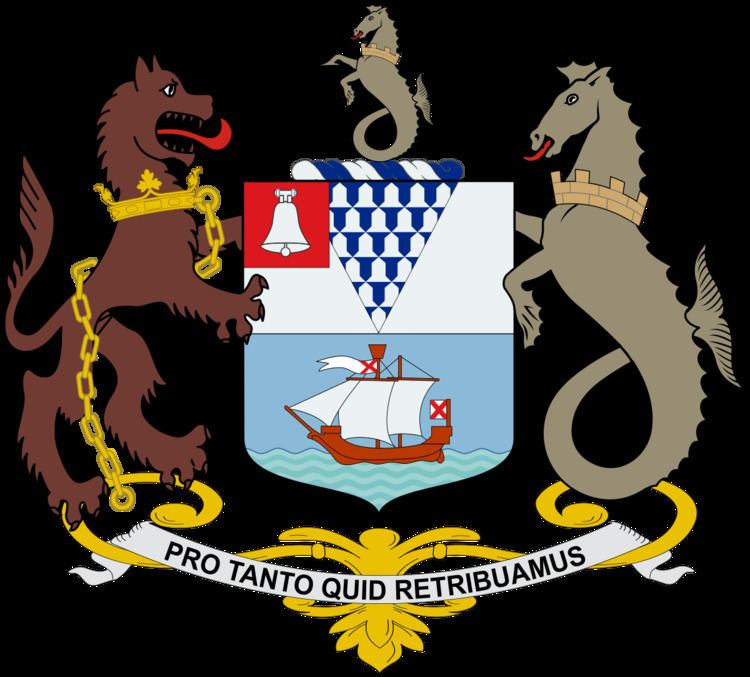Established 1869 No. of graves 226,000 Province Ulster Number of graves 226,000 | Type Public Founded 1869 Phone +44 28 9032 3112 | |
 | ||
Address 511 Falls Rd, Belfast BT12 6DE, UK Hours Open today · 8AM–4PMThursday8AM–4PMFriday8AM–4PMSaturday8AM–4PMSunday10AM–4PMMonday8AM–4PMTuesday8AM–4PMWednesday8AM–4PM Burials Edward Harland, Cecil Frances Alexander | ||
Belfast city cemetery
Belfast City Cemetery (Irish: Reilig Chathair Bhéal Feirste) is a cemetery in west Belfast, Northern Ireland. It lies within the townland of Ballymurphy, between Falls Road and Springfield Road, near Milltown Cemetery. It is maintained by Belfast City Council.
Contents
Belfast city cemetery
History
Following the Belfast Burial Ground Act (1866), the cemetery was opened on August 1, 1869 as a cross denominational burial ground for the people of Belfast, a fast-growing Victorian town at the time. The land was purchased from Thomas Sinclair. The cemetery features cast iron fountains and separate Protestant and Catholic areas, divided by a sunken wall. Many of Belfast's wealthiest families have plots in the cemetery, particularly those involved in the linen trade. Since its opening in 1869 around 226,000 people have been buried in the cemetery.
There has been an area set aside for Belfast's Jewish residents since 1874. In this area is a memorial to Daniel Joseph Jaffe. Daniel Jaffe was the father of Otto Jaffe, a Jewish linen exporter and former Lord Mayor of Belfast. Above the old Jewish entrance to the cemetery, Hebrew writing can clearly be identified.
In 1916 an area was dedicated to soldiers who died serving in World War I, when 296 Commonwealth service personnel were buried in the cemetery. Those whose graves could not be marked by headstones are listed on Screen Wall memorial in Plot H. Many of the United States Army personnel killed in the sinking of HMS Otranto in 1918 were buried in the graveyard. After the war their bodies were exhumed and repatriated to the United States.
In World War II, 274 Commonwealth service personnel, 5 of them unidentified, were buried in the cemetery, besides 3 Norwegian nationals whose graves are also maintained by the Commonwealth War Graves Commission.
As the frequent target of vandalism, many of the British Army soldiers' headstones were moved to Sir Thomas and Lady Dixon Park. In 2012, continuing vandalism of the World War I Screen Wall has led to proposals to move it to another part of the cemetery. Due to its historical importance, the cemetery is a popular tourist attraction in Belfast, with guided tours available.
On 8 April 2006, Denis Donaldson was buried in the cemetery. Donaldson was a former IRA member and Sinn Féin politician. He was killed shortly after being named as a British spy. His burial in the City Cemetery rather than in the republican plot of Milltown Cemetery was significant, as it was seen as a final snub by the republican movement.
On 7 August 2012, an image purportedly depicting the face of Jesus (cf. Pareidolia) appeared on a tree stump in the cemetery.
